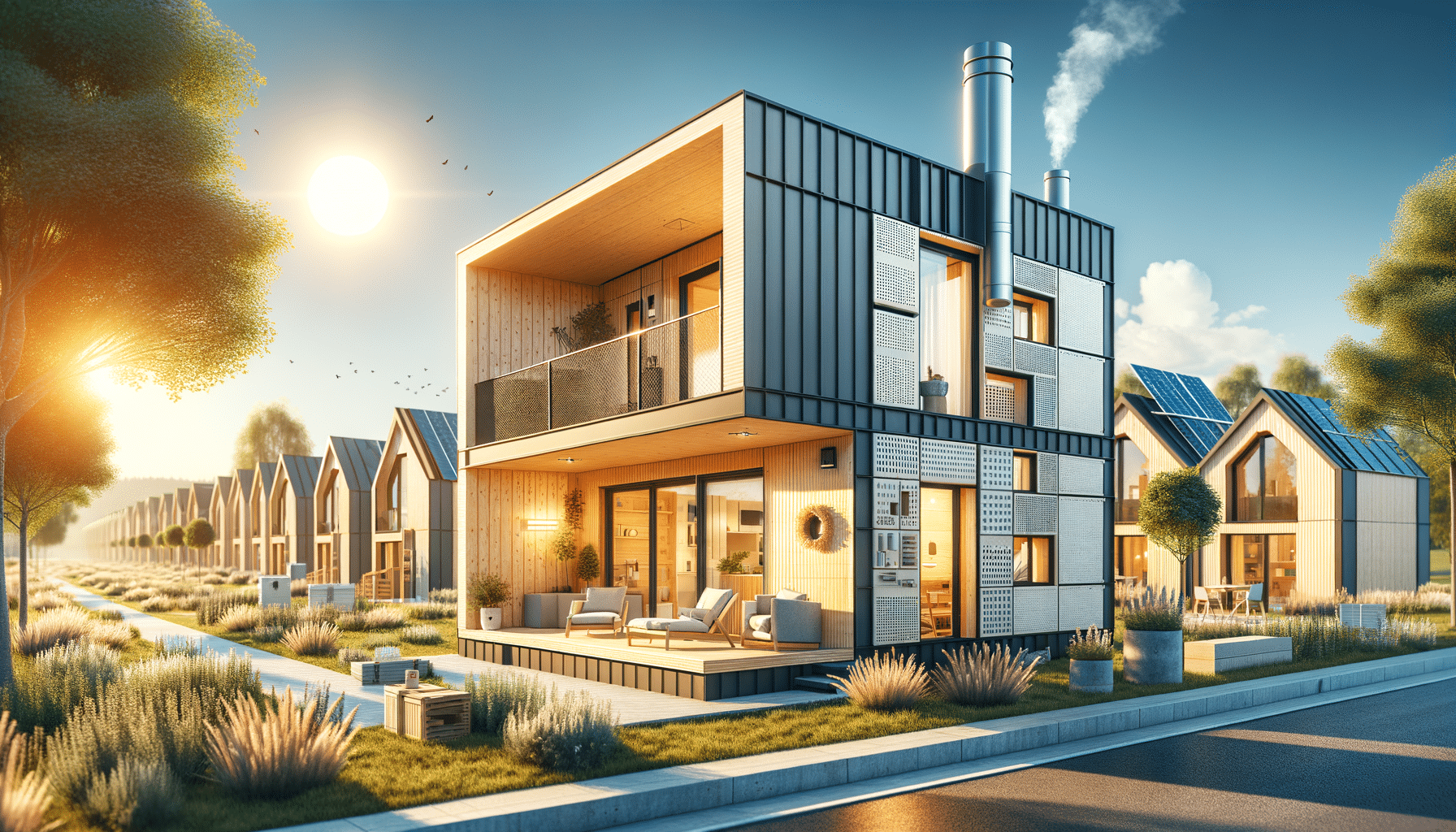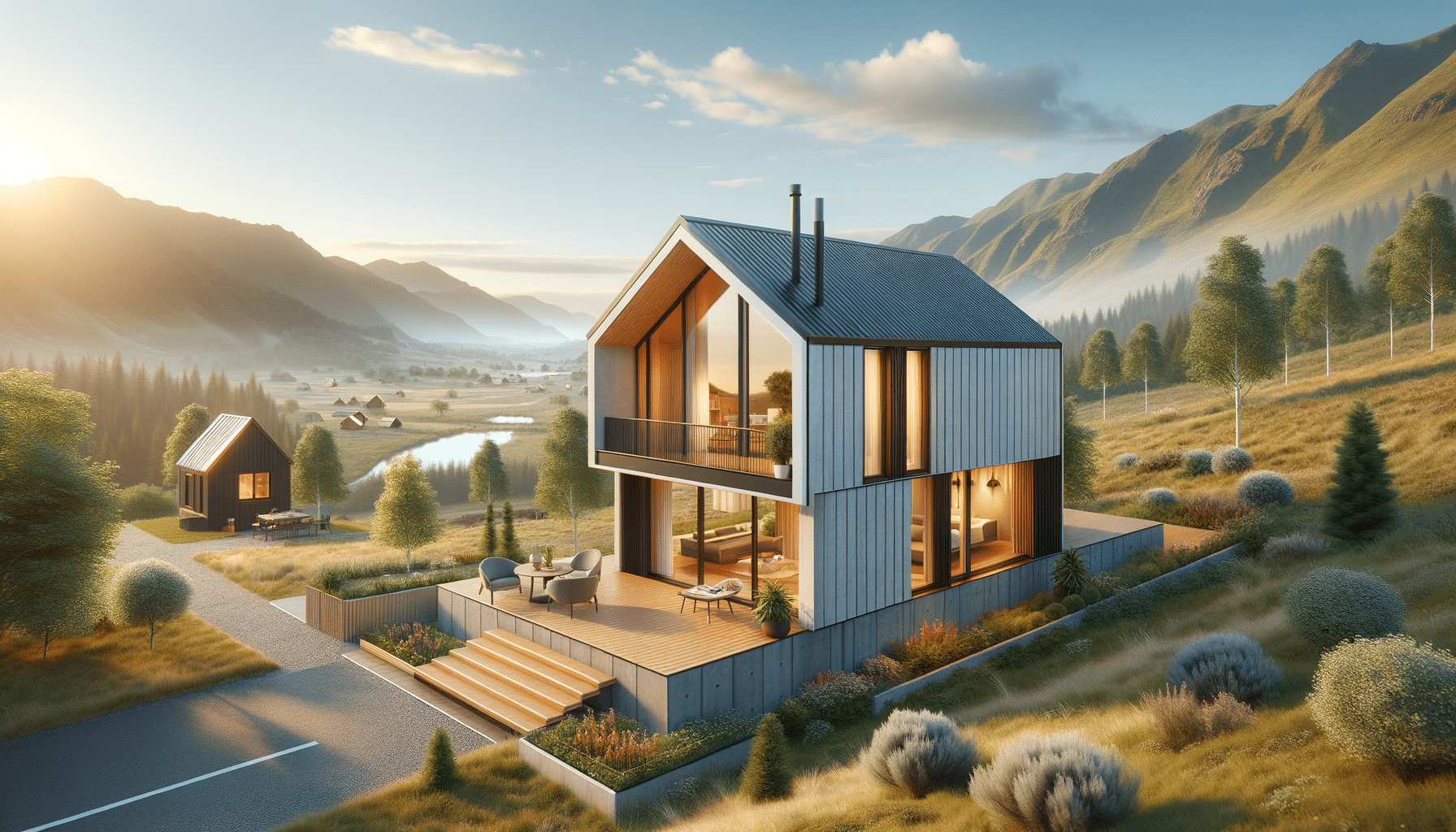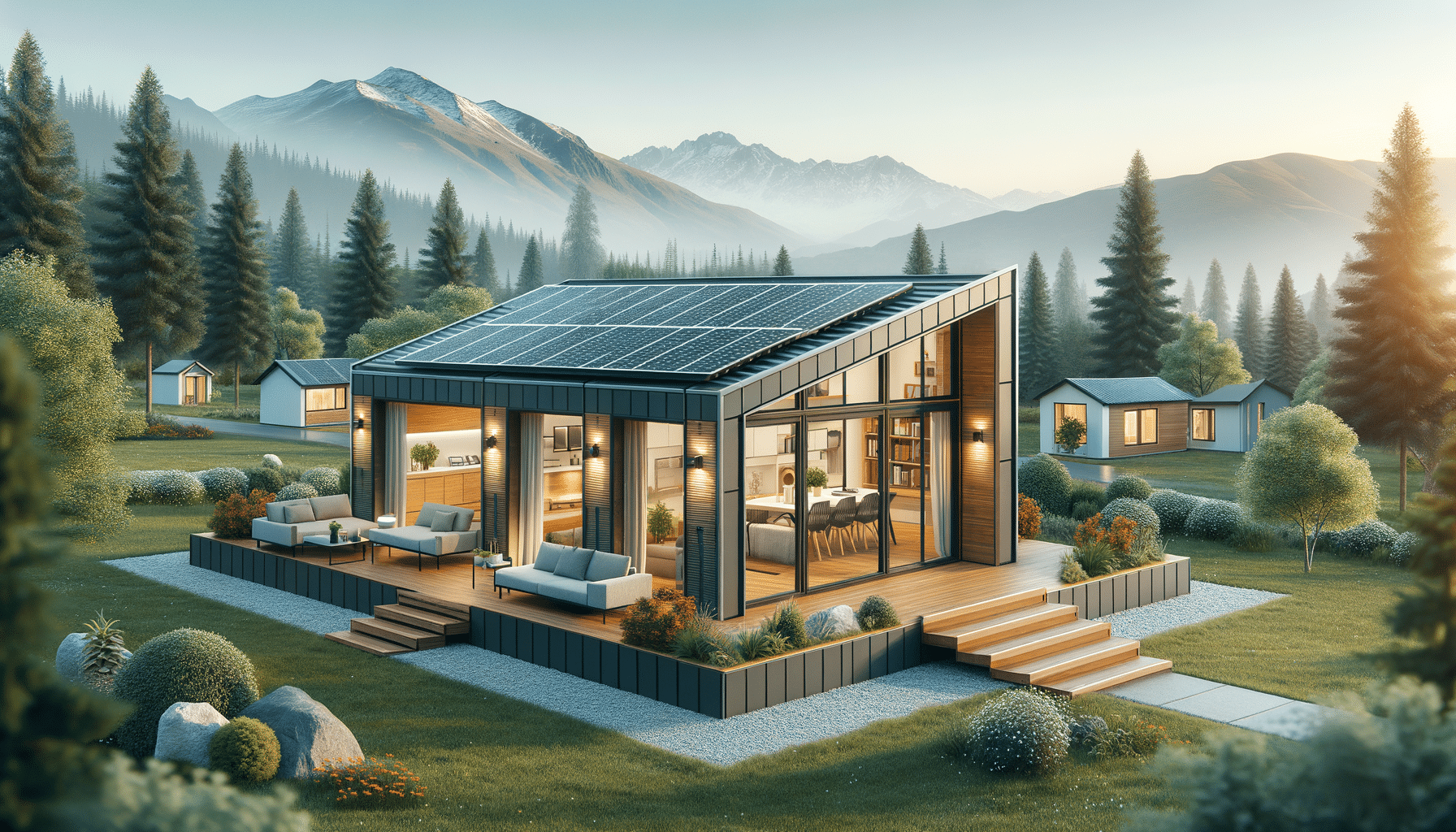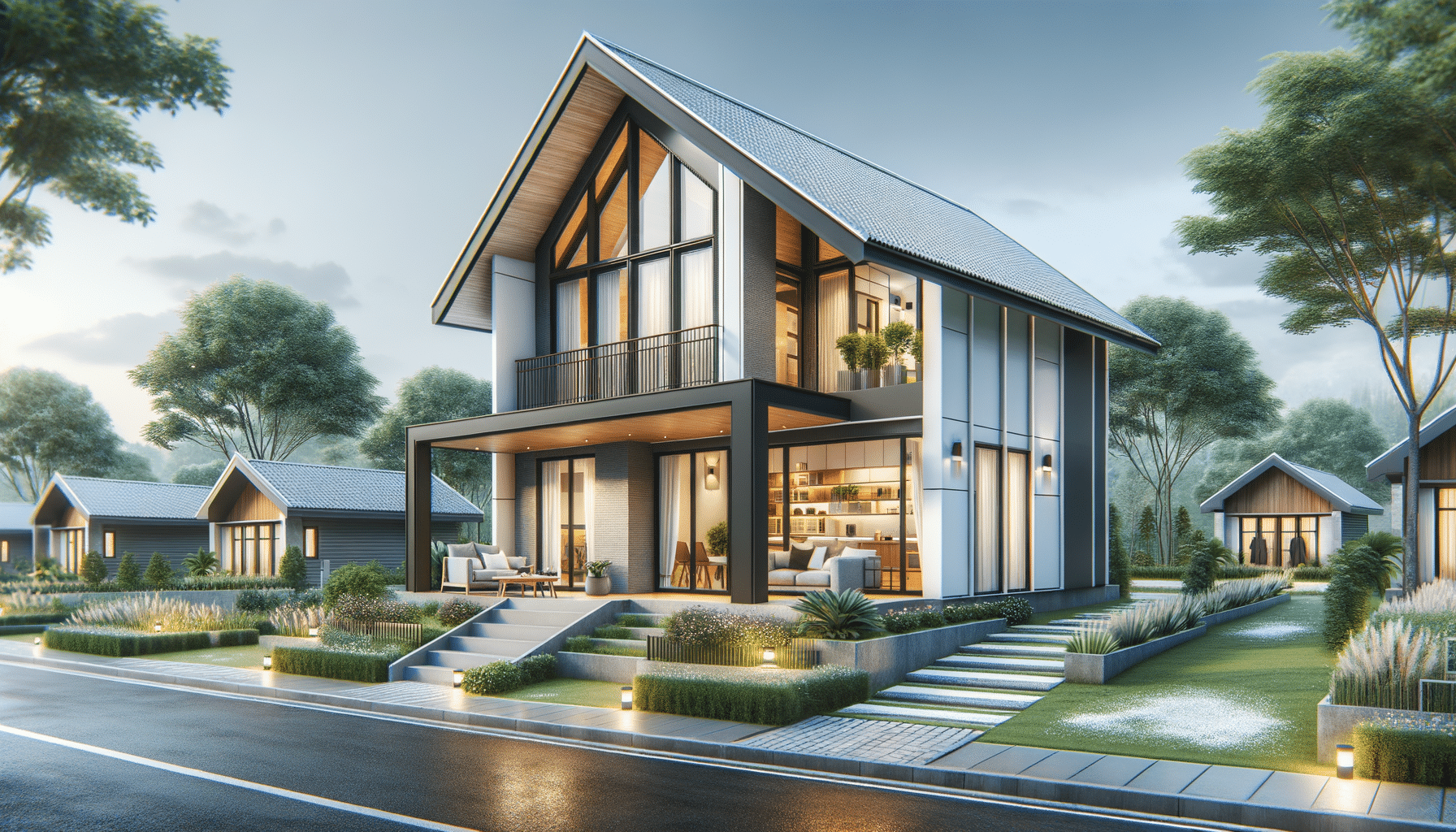
Prefabricated Homes: A Buying Guide for Modern Turnkey Designs
Introduction to Prefabricated Homes
In today’s fast-paced world, the need for efficient and sustainable housing solutions has never been more pressing. Prefabricated homes, often referred to as prefab homes, have emerged as a compelling option for those seeking modern, cost-effective, and environmentally friendly living spaces. These homes are constructed off-site in a controlled factory environment and then transported to the final location for assembly. This innovative approach to homebuilding offers numerous advantages, including reduced construction time, minimized waste, and enhanced quality control.
Prefabricated homes are not a new concept, but advancements in technology and design have propelled them into the spotlight as a viable alternative to traditional construction methods. With the ability to customize designs and incorporate energy-efficient features, prefab homes cater to a diverse range of preferences and needs. This article delves into the various aspects of prefabricated homes, providing a comprehensive guide for potential buyers looking to invest in this modern housing solution.
The Advantages of Prefabricated Homes
One of the primary benefits of prefabricated homes is their ability to significantly reduce construction time. Traditional homebuilding can take several months, if not years, to complete. In contrast, prefab homes can be constructed in a matter of weeks, thanks to the streamlined manufacturing process that takes place in a controlled environment. This efficiency not only accelerates the timeline but also reduces labor costs, making prefab homes a cost-effective choice for many.
Another advantage is the enhanced quality control offered by prefabrication. Since these homes are built in factories, they are less susceptible to weather-related delays and damage, ensuring consistent quality and durability. Additionally, prefab homes are often designed with sustainability in mind, incorporating energy-efficient materials and systems that reduce the carbon footprint of the home. This focus on sustainability aligns with the growing demand for eco-friendly housing options.
Furthermore, prefabricated homes offer a high degree of customization. Buyers can choose from a variety of designs, layouts, and finishes to create a home that reflects their personal style and meets their specific needs. This flexibility, combined with the cost savings and environmental benefits, makes prefabricated homes an attractive option for modern homeowners.
Considerations When Buying Prefabricated Homes
While prefabricated homes offer numerous advantages, there are several considerations potential buyers should keep in mind. One of the primary factors is the availability of suitable land for the home. Since prefab homes are transported to the site, buyers must ensure that the location is accessible and has the necessary infrastructure in place, such as utilities and roads.
Another consideration is the financing and insurance options available for prefabricated homes. Although financing for prefab homes has become more accessible in recent years, it is still important for buyers to research and understand the terms and conditions of loans and insurance policies specific to this type of housing.
Additionally, buyers should be aware of local building codes and regulations that may affect the installation and use of prefabricated homes. Compliance with these regulations is crucial to ensure the safety and legality of the home. It is advisable to work with experienced professionals who are familiar with the requirements in the area where the home will be located.
Design and Customization Options
One of the standout features of prefabricated homes is the extensive range of design and customization options available. Unlike traditional homes, which may be limited by on-site construction constraints, prefab homes can be tailored to suit individual preferences and lifestyles. This flexibility allows homeowners to create unique living spaces that reflect their personal tastes and functional needs.
Prefab homes come in various styles, from minimalist and modern to classic and rustic. Buyers can choose from a selection of floor plans, room configurations, and exterior finishes to create a home that aligns with their vision. Additionally, many prefabricated home manufacturers offer customizable features such as energy-efficient windows, smart home technology, and sustainable building materials.
Customization extends beyond aesthetics, as prefab homes can also be designed to accommodate specific functional requirements. Whether it’s creating an open-concept living area, adding extra bedrooms, or incorporating accessibility features, prefabricated homes offer the flexibility to adapt to diverse needs. This adaptability makes them an appealing choice for families, retirees, and individuals seeking a personalized living environment.
Conclusion: Embracing Modern Housing Solutions
As the demand for sustainable and efficient housing solutions grows, prefabricated homes have emerged as a viable and attractive option for modern homeowners. Their ability to reduce construction time, offer cost savings, and provide customization options makes them a compelling choice for those seeking a contemporary living space. Additionally, the focus on sustainability and quality control aligns with the values of environmentally conscious consumers.
While there are considerations to keep in mind, such as land availability and regulatory compliance, the benefits of prefabricated homes often outweigh the challenges. By embracing this innovative approach to homebuilding, buyers can enjoy a modern, customized, and eco-friendly living environment that meets their needs and preferences.
In conclusion, prefabricated homes offer a glimpse into the future of housing, where efficiency, sustainability, and personalization converge to create exceptional living spaces. For those ready to explore modern turnkey designs, prefabricated homes present an exciting opportunity to embrace a new era of homeownership.


